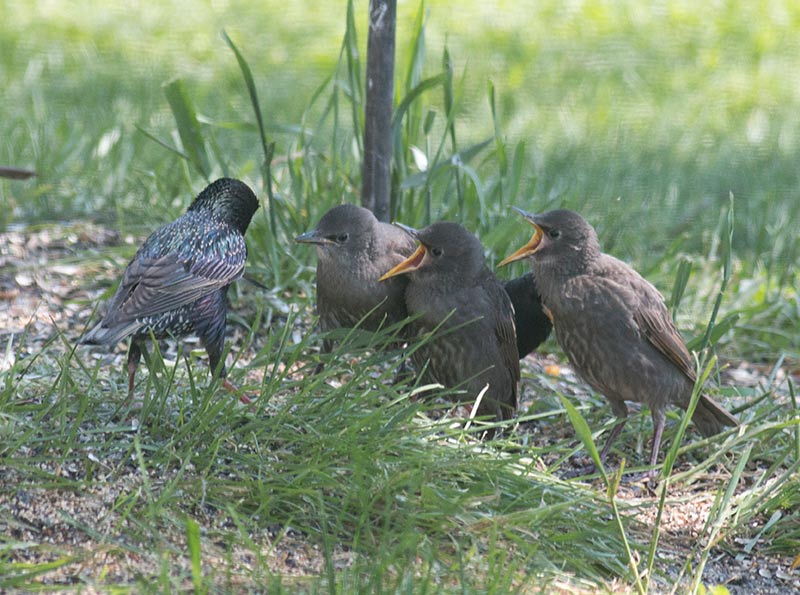June Birds
6/5/16
By David Brown
June is a perfect month for studying the birds that nest in our area. The migration rush of May has ended and most species are now on their nesting territories and are still singing. Breeding birds can be documented in many ways.
Every year, over 4000 breeding bird survey routes are run by volunteers in North America. In a single morning each year, the volunteer stops at the same 50 locations, a half mile apart, and counts birds for 3 minutes. This data is compiled by the U.S. Geological Survey and is used to track long term trends in bird populations.
Many states have produced breeding bird atlases where volunteers cover assigned areas, finding as many species as possible and documenting nesting behavior. Two Pennsylvania breeding bird atlases were published from data collected during 1983-89 and 2004-09. The second atlas is available in print from Penn State University Press.
A less rigorous way that amateurs, even beginners, can be involved is by submitting sightings to eBird. This citizen-science project run by the Cornell Lab of Ornithology is an easy way to keep track of your personal sightings while making them scientifically useful as well. If you cannot identify all the birds you can submit partial checklists. Even in Lycoming County where there is a core group of very active birders, there is so much habitat that never gets covered. Consider creating an account and submitting the birds that visit your yard and surrounding areas. Using eBird is also a great way to stay motivated to learn about birds.
In May, I wrote about birding along the river to find migrating birds, especially rarities. June is a great time to explore the state forests of Lycoming County. I recently took a trip to Sharp Top Vista in the Loyalsock State Forest and not only is the view incredible, but the thousands of surrounding acres of forest are full of nesting warblers and thrushes.
In summer, the Williamsport river walk does not have the variety of waterfowl that it does in the winter, but look for young Canada geese, mallards, wood ducks, and common mergansers.

Juvenile European Starlings waiting to be fed
Juvenile birds will also show up right in your yard. Young European starlings are gray and make a harsh call as they hold their bright yellow mouths open begging to be fed. Young American robins have a distinctive spotted breast. Remember that many birds leave the nest before they are able to fly so a young bird on the ground is probably fine and the parents are likely nearby to feed it. In some cases it is appropriate to move a young bird to cover if predation is a concern. Cats are one of the biggest threats to birds and should not be left to wander outdoors. Never attempt to raise or feed a baby bird on your own. If you believe help is needed, contacted a wildlife rehabilitation center such as Centre Wildlife Care in Port Matilda.
As you enjoy the outdoors this summer, watch and listen for the nearly 150 species of birds that nest in the local area.